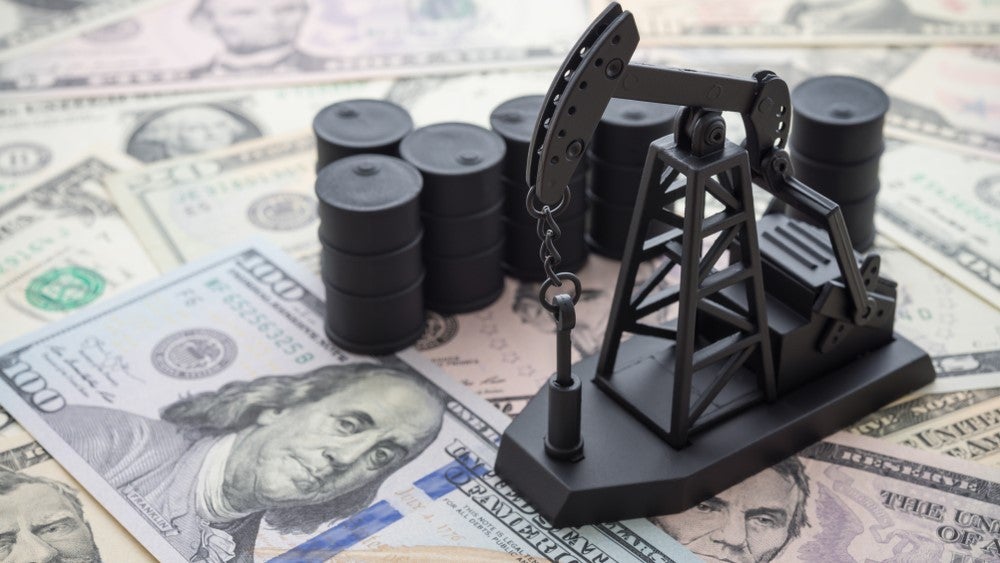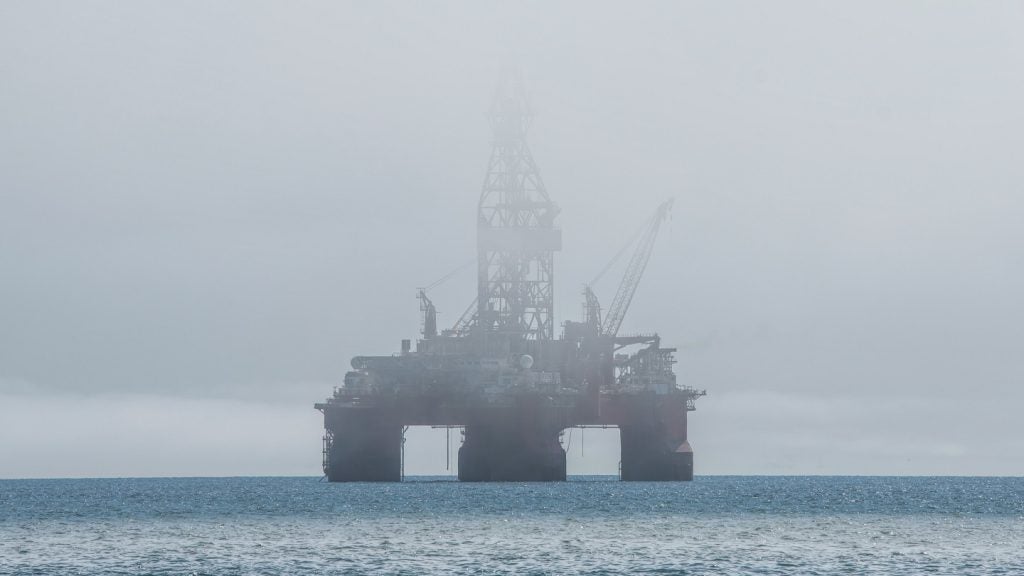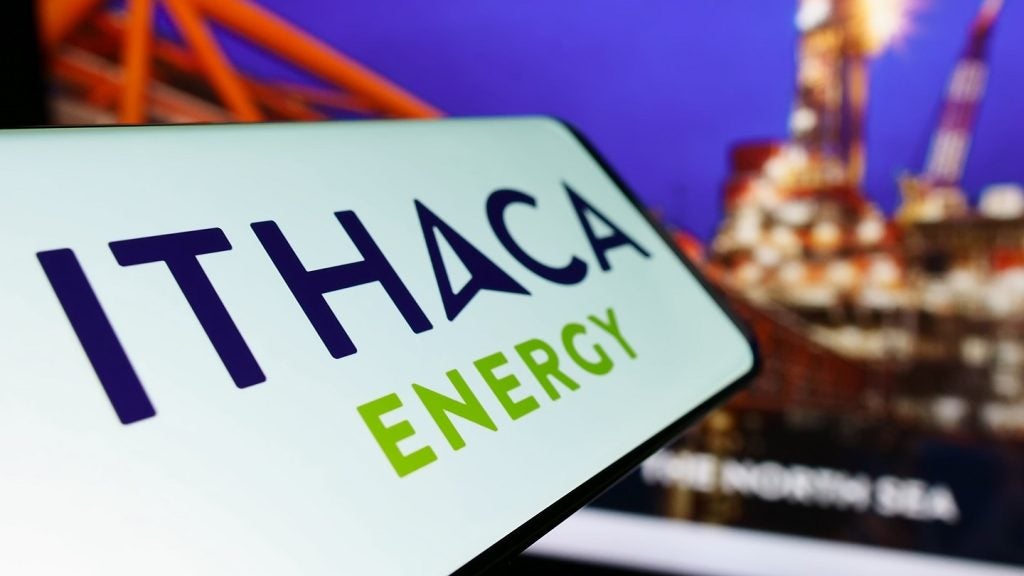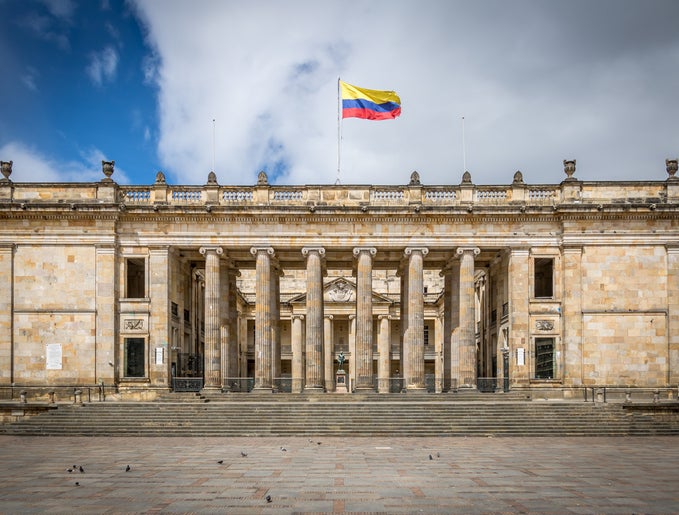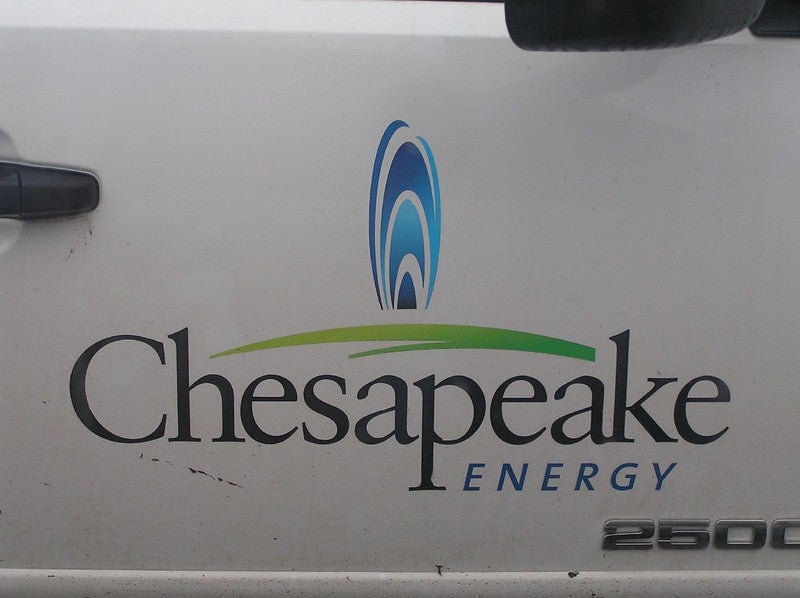
US-based shale gas giant Chesapeake Energy has filed for bankruptcy in its home state of Texas, the business announced on Sunday. The company was once the second-largest US gas producer, but has taken a large hit from Covid-19 .
In a statement, the company said it will begin a reorganisation to reduce approximately $7bn of outstanding debt. The company’s CEO said that it would finish the Chapter 11 process as “a stronger and more competitive enterprise.”
Texan courts have already accepted the company’s “first-day” relief. This allows it to continue operating “in the ordinary course” throughout the process. The company’s 2,300 workers will still be paid throughout the process.
At the end of March, the company reported assets of $7.8bn, including $1.8bn of liquid assets. It also listed a net carried debt of $9.2bn.
The company is part of the Fortune 500 group of companies, but the New York Stock Exchange has said it will delist the company and suspend trading of its shares. The company was once worth $37bn, but is now worth $115m.
Earlier in the year, the company carried out a reverse stock split, where smaller stocks are merged into larger ones. It did this to bring its shares above the $1 minimum price allowed on the exchange, after bankruptcy fears caused prices to tumble. Investment writers have said the company is “highly likely” to cancel its common stock, making it worthless .
How well do you really know your competitors?
Access the most comprehensive Company Profiles on the market, powered by GlobalData. Save hours of research. Gain competitive edge.

Thank you!
Your download email will arrive shortly
Not ready to buy yet? Download a free sample
We are confident about the unique quality of our Company Profiles. However, we want you to make the most beneficial decision for your business, so we offer a free sample that you can download by submitting the below form
By GlobalDataYesterday, Chesapeake Energy Corp. (CHK) announced that it has filed for Ch. 11 bankruptcy in the Southern District of Texas. Chesapeake has struggled in recent years, long before the current shake-up in oil and gas markets – the commodity price collapse was the final straw. pic.twitter.com/xx9FFbguUU
— Gelber & Associates (@GelberCorp) June 29, 2020
The chain of events that bankrupt Chesapeake Energy
In its 2019 annual report, the company reported raw earnings of $2.53bn, a growth of 6% on the previous year. At the same time, it showed an adjusted net loss of $454m, increasing from $140m in 2018.
Meanwhile, the company’s year-on-year cost of production grew by 17%. It said this was because it sold several fields in Ohio, with a large acquisition early in the year.
In February 2019, the company acquired WildHorse, a Texan oil producer, for cash and stock worth $4bn. This led to it increasing its oil production by approximately 30%, with an average 2019 production of 484,000 barrels of oil equivalent.
Unsurprisingly, Covid-19 has had a big role in how Chesapeake Energy came to be bankrupt.
As the coronavirus pandemic spread across the world, the economic risks quickly led to multinational companies to scaling back their investment. Billions of dollars of announced capital expenditure was withheld while companies waited to see how the situation would develop.
Chesapeake initially intended to spend between $1.3bn and $1.6bn in 2020, down from $2.25bn in 2019. In May, it formally withdrew these plans.
Shale projects tend to be more expensive than many other forms of extraction. As oil demand dropped prices did also, worsened by the Saudi-Russia trade war. Plummeting US oil prices made many shale fields unviable, as their cost to operate stayed higher than their falling revenue.
This means the company has had its profits slashed, with an uncertain future ahead of it.
Executives statement on the filings
President and CEO Doug Lawler said: “We are fundamentally resetting Chesapeake’s capital structure and business to address our legacy financial weaknesses and capitalize on our substantial operational strengths.
“By eliminating approximately $7bn of debt and addressing the legacy contractual obligations that have hindered our performance, we are positioning Chesapeake to capitalize on our diverse operating platform and proven track record of improving capital and operating efficiencies and technical excellence.
“Over the last several years, our dedicated employees have transformed Chesapeake’s business – improving capital efficiency and operational performance, eliminating costs, reducing debt, and diversifying our portfolio. Despite having removed over $20bn of leverage and financial commitments, we believe this restructuring is necessary for the long-term success and value creation of the business.”



